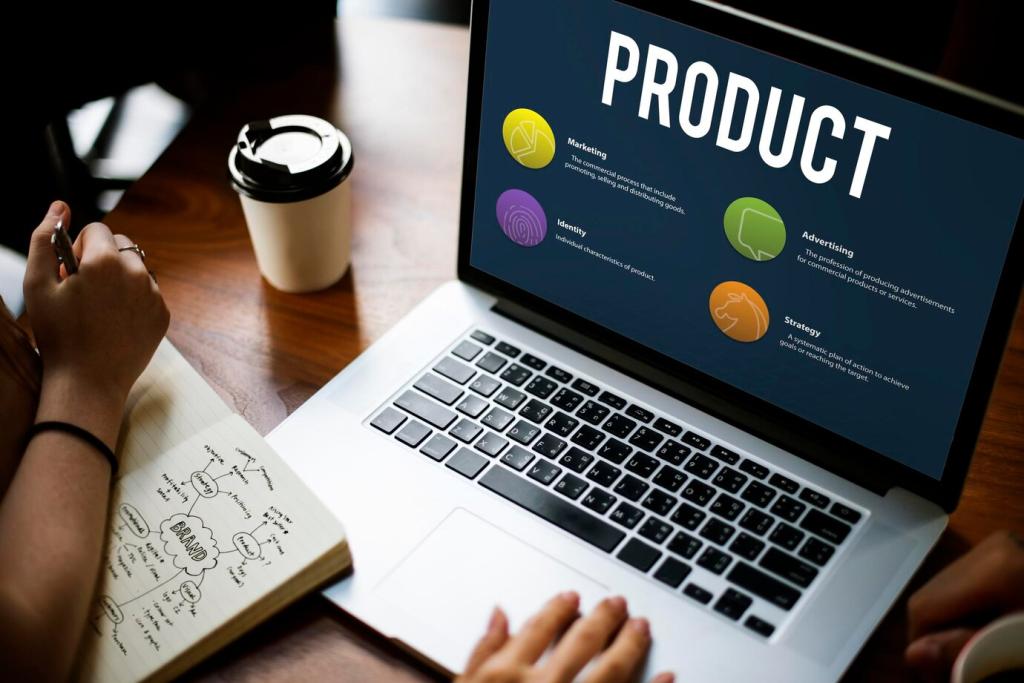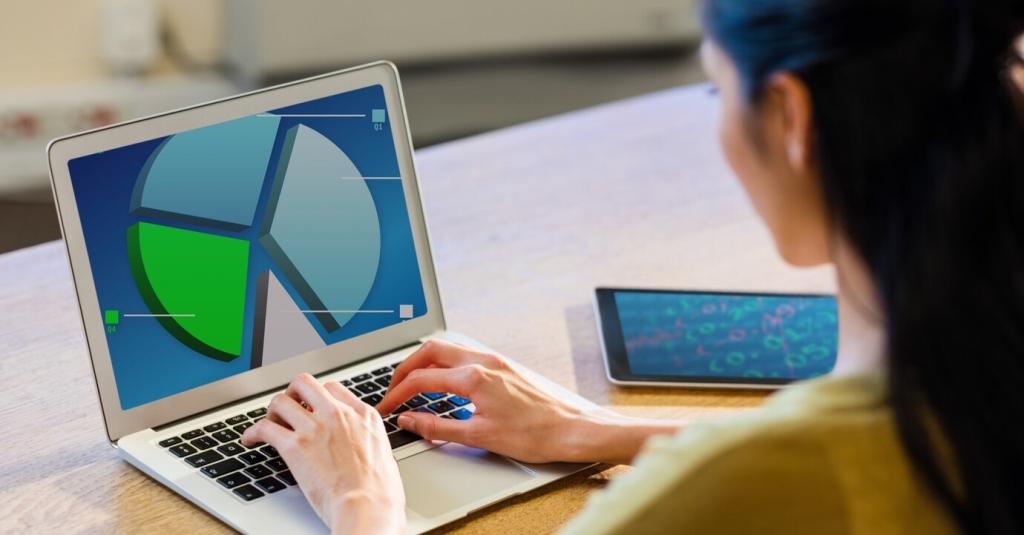Learning Without Barriers: Accessibility Features in Online Learning Platforms
Chosen theme: Accessibility Features in Online Learning Platforms. Welcome to a space where every learner belongs. Together we’ll explore practical features, real stories, and simple steps that make digital classrooms truly inclusive. Join the conversation, share your challenges, and subscribe for hands-on tips that turn intention into access.
Why Accessibility in E‑Learning Changes Everything
Legal and Ethical Foundations That Guide Design
Standards like WCAG, ADA, and Section 508 clarify responsibilities, but they also inspire better pedagogy. When platforms meet perceivable, operable, understandable, and robust principles, they improve clarity and consistency for everyone. Share which guidelines your institution follows and where you still see gaps that need action.
The Real Students Behind the Statistics
Maya, who has low vision, almost withdrew after a syllabus PDF wouldn’t read aloud. One accessible HTML version kept her enrolled. Carlos, who is deaf, went from guessing through lectures to thriving once accurate captions arrived. Comment with your own experiences—those stories drive meaningful, lasting change.
Educational and Organizational Upside
Accessible design boosts retention, reduces support tickets, and widens reach to lifelong learners, working parents, and multilingual audiences. Clear structure and multimodal content help every student study smarter. If you lead a course, tell us which accessibility win saved you time and improved student satisfaction simultaneously.
True headings, lists, labels, and landmarks help screen readers announce context correctly. ARIA enhances meaning but must not replace native semantics. Overuse can confuse. Start small: meaningful headings, descriptive link text, and labeled controls. Post your before‑and‑after examples—what single fix delivered the biggest clarity boost?
Screen Readers and Keyboard Navigation That Just Work
Captions, Transcripts, and Audio Description for Inclusive Media
Auto‑captions are a starting line, not a finish line. Edit speaker labels, punctuation, and discipline‑specific vocabulary. Ensure captions match speech rhythm and avoid blocking essential visuals. Which editing checklist do you use? Share it so others can deliver reliable, readable captions without guesswork.
Searchable transcripts speed review, support screen readers, and help multilingual learners decode complex phrases. Coupled with timestamps and headings, they transform passive watching into active study. Tell us how students use transcripts in your course—note‑taking, spaced repetition, or citation building—and what improvements they still request.
Charts, gestures, and on‑screen text disappear without narration. Short, well‑timed audio description restores meaning. When recording, script essential visuals, avoid jargon, and keep pace natural. Have you tried adding description to a lab demo? Share a clip and ask peers for feedback on clarity.


Aim for at least 4.5:1 contrast for body text and verify with trusted checkers. Choose generous line spacing, avoid justified text rivers, and prefer clean sans‑serif or dyslexia‑friendly fonts. Which font and size work best in your platform? Share screenshots that show the difference clearly.

Support user‑selected themes, responsive reflow, and pinch‑to‑zoom without cutting off content or hiding actions. When layout adapts gracefully, cognitive load drops. Test at 200% zoom and report what breaks. Your observations help designers fix issues before students encounter them under deadline pressure.

Meaning must persist without hue. Pair color with labels, patterns, or icons, and ensure error states include text. Try converting your screen to grayscale and see what remains clear. Post a screenshot of a chart you improved with textures or labels to inspire others.
Accessible Assessments and Fair Feedback
Provide reasonable time extensions and alternate submission windows without stigma. Build item banks that allow different question paths to assess the same outcomes. Learners, tell us what schedule flexibility best supports your focus while preserving academic integrity and clear expectations across the course.
Accessible Assessments and Fair Feedback
Use MathML or accessible LaTeX renderers with proper labeling. Provide textual descriptions for graphs and chemistry structures. Ensure calculators, code editors, and simulators work with screen readers. If you teach STEM, share one tool that truly supports accessibility and where it still falls short.






Inclusive Design Workflow
Start with personas that include disability, draft with semantic structure, and prototype captions alongside scripts. Make accessibility a definition‑of‑done checkpoint. What step could you add to your workflow tomorrow to catch issues earlier? Share it so others can adapt the practice immediately.

Test With Tools and With People
Automated checkers catch patterns, but lived experience reveals the truth. Test with screen readers, keyboard only, high zoom, and color filters. Invite students with diverse needs to pilot. What did real testing reveal for you that tools alone missed? Tell the story and the fix.
